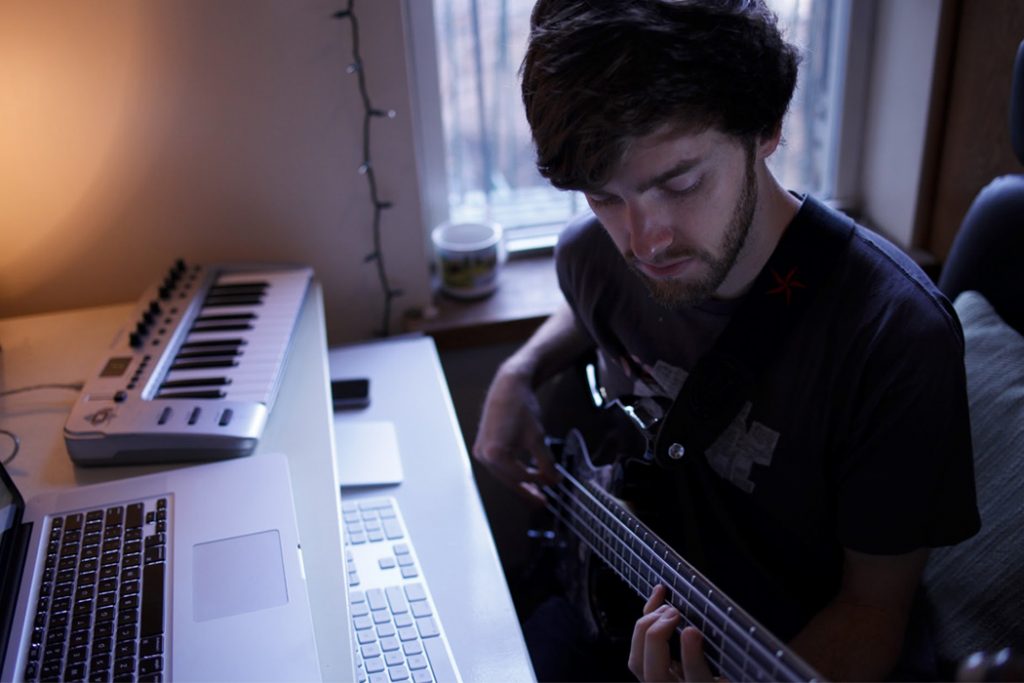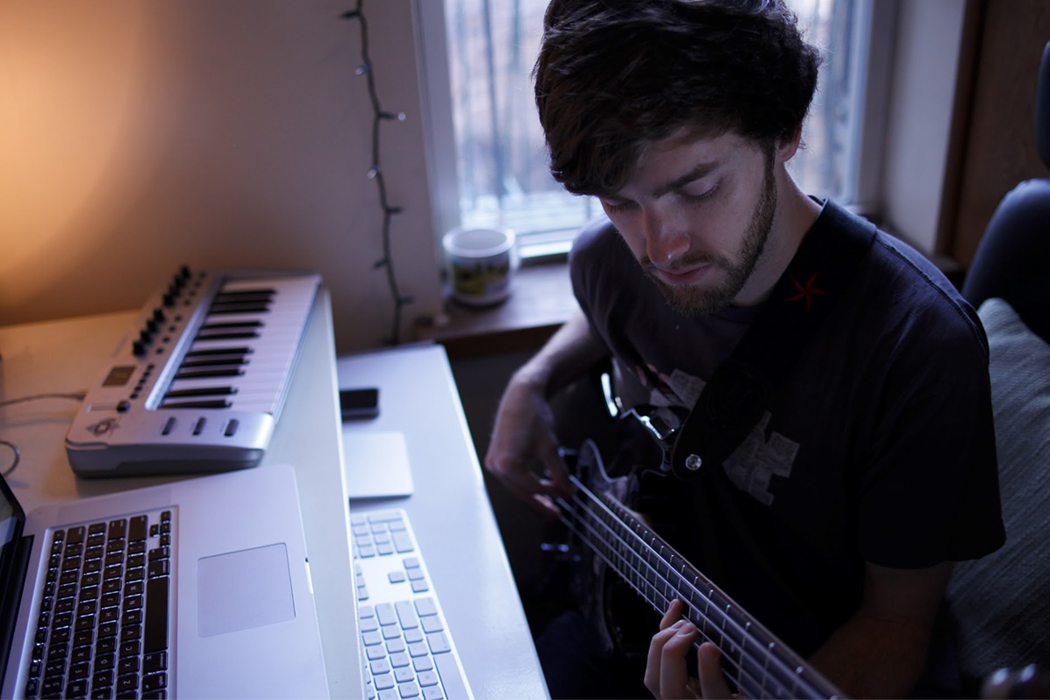+ Improve your songwriting with Soundfly! Explore our range of courses on emotional chord progressions, basic songwriting technique, songwriting for producers, and many more. Subscribe for unlimited access here.
As songwriters, it can be so easy to get stuck trying to come up with a cool chord progression. I’ve spent hours trying to figure out why a chord progression won’t work, sensing that something special is there.
And people say it’s the bass. “Try changing up the bass,” they say. “It’ll give the song a whole new feel!”
Is that really true though? (As you can probably guess, I’m about to tell you how important bass is and how you can use it to make your arrangements more interesting).
Is It Actually All About That Bass, Meghan?
Say what you will about Meghan Trainor, but she speaks gospel truth. That is if we take her song literally and in the context of music theory. But I doubt that’s where she and her co-writer were coming from.
My point is this: A great bass line can completely change the feel of a song. That’s why it’s so important. So try this — grab your instrument (preferably a piano) and play the following:
Am7 – Fmaj7 – Em7 – G
Okay, that’s pretty cool. Now play:
Am7/F – Fmaj7/C – Em7/G – G/E
It gives it a new feel, doesn’t it?
That’s just one simple example of how the bass in your chord progression can change the feel of the song. So, yes, bass is extremely important to consider when you’re songwriting. In the next section, we’ll go over some real-life examples of how bass changes a song.
How Others Have Used Bass in Creative Ways
Usually, the bass follows the root note of whatever chord you’re playing. So for an Am7, the bass typically plays an A note. But many people have realized how the bass can be used in more complex ways: Mozart, Brian Wilson, The Beatles.
Let’s use The Beach Boys as an example. On their album Pet Sounds, Wilson had fun with the bass. Instead of sticking with the root note, he would use thirds, fifths, and major sevenths. (Plus, he’d often use two basses at the same time — an electric and an upright). Wilson’s methods directly influenced Paul McCartney’s bass playing on The Beatles’ Sgt. Pepper’s Lonely Hearts Club Band.
Another way songwriters often play around with the bass notes is to use a descending bass line. This is when they hang on a chord while the bass goes down the scale (Wilson liked to do this, especially when co-writing with Van Dyke Parks). You can hear an example of this in the very beginning of The Beach Boys’ “Wonderful.”
Yet another method Wilson would use often is to change chords while still allowing a place for the descending bass line. A great example of this method is in The Beach Boys’ “Our Sweet Love.”
And The Beach Boys are not the only ones who did this, they’re just one example. My point is, if the great songwriters and composers utilized bass to change the feel of their arrangements, why not us too?
How You Can Use Bass to Make Your Songs More Interesting.
There are no rules in songwriting, only tips and suggestions. So now let’s talk about some bass things you can try to make your songs a little more interesting. The first tip we already mentioned briefly is to use thirds, fifths, or major/minor sevenths in your bass line. For example, you could play the chord progression I mentioned earlier:
Am7 – Fmaj7 – Em7 – G
Now look at where your thirds, fifths, and major sevenths are. For Am7, your options are C (third), E (fifth), F (minor seventh/added sixth). For Fmaj7, you can do A (third), C (fifth), or an E (major seventh). And for the Em7, you have G (third), B (fifth), or a D (minor seventh/added sixth). Finally, the bass notes for the G could be B (third), D (fifth), or an E (sixth).
But honestly, you could try moving the bass to any note in your chosen scale, depending on how dissonant (weird) you want it to sound, and it will technically work. Personally, I like playing the bass on the sixth note of the chord — it gives it a nice jazzy feel.
The next tip is to use a descending bass line.
So, following in line with the same chord progression, you could hang on the Am7 while the bass walks down: A – F – E – D. A simple adjustment that makes a drastic change to your song. Alright, now let’s stick with that descending bass line for this last example. While the bass line goes A – F – E – D, you could change the chords to be:
Am7 – Dm – C – Dm
Again, an easy tweak that can redirect the trajectory of your melody. See how interesting things can get when you simply change the bass notes?
If you’re feeling stuck in your chord progression, try one of these methods. I can almost guarantee you it will unstick you.
Get 1:1 coaching on your songwriting from a seasoned pro.
Soundfly’s community of mentors can help you set the right goals, pave the right path toward success, and stick to schedules and routines that you develop together, so you improve every step of the way. Tell us what you’re working on, and we’ll find the right mentor for you!





